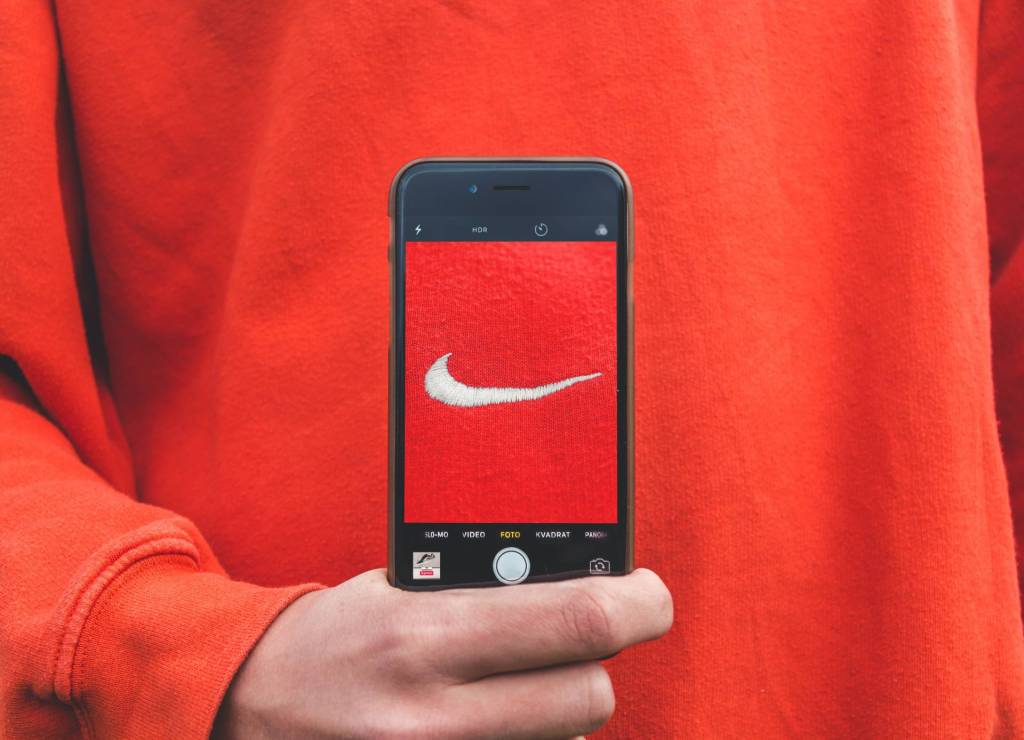Speaking at a conference can sometimes be a hit or miss affair. You agonize over your slides and practice your talk, only to find that out of the 300 attendees, 10 of them are in your session. Hardly seems worth the effort. But other times, you find that you get more than half the people at the conference at your event, and you’re on top of the world.
Increase your audience
How do you get more people to show up at your breakout session? How do you beat the other speakers, who you say you’re not competing with, but secretly want to crush by stealing all of their attendees?
Here are three techniques I have used in the past to increase the attendance at my own conference breakout sessions.
1. Pick a topic and level that slightly exceeds the abilities of the attendees.
You wouldn’t go to a social media conference and offer Social Media 101. And you wouldn’t go to a small business conference and offer advanced search engine optimization techniques. Instead, figure out where your audience is, and then go just a little bit higher. Speaking at a blogging conference? Talk about the newest Google Panda/Penguin changes. Going to a marketing conference? Talk about the new developments in mobile marketing.
Your audience doesn’t want material that’s beneath them, and they don’t want to be reminded of things they already know. They want to be challenged, but not have everything go so far over their head they don’t understand a word of it. Pick an interesting, trending topic and give them new knowledge.
2. Write the session title and description like a sales letter.
What attracted you to read this post? If you’re like most readers, it was the secrets. A lot of my breakout sessions offer a finite number of secrets, because I know most people dig that kind of stuff, and it’s guaranteed to give me a boost. Google some examples of interesting sales letters, and incorporate some of their techniques, like using bullet points to tell people the highlights of what they’ll learn:
- Learn how to pick a topic that inspires conference attendees.
- Discover which social media tools can help you reach a broader audience.
- Learn how bullet points can help increase session attendance.
Get the picture? Also get one or two of Dan Kennedy’s books on copywriting, especially sales letters, and incorporate a couple of those ideas into the description. After all, your description is basically a sales letter that gets people to show up in the first place.
3. Use Twitter to meet conference attendees.
I once managed to bring half of a regional conference to my breakout session, because for a month beforehand, I started promoting it to people who would be attending. But best of all, I did it without advertising or promoting the talk. Here’s how I did it.
- Use Twellowhood.com to identify people who lived in the cities around the conference area, and follow them.
- Use a search column on TweetDeck to identify the hashtag for the conference. Since this was a popular one, people were talking about it a month before. I followed these people too.
- I scouted the conference website and started following the people who were also speaking.
- I introduced myself to the people I started following. Occasionally I would mention that I had a session at the conference, and asked them to stop by after it was over.
- I participated in conversations with the conference attendees, getting to know them, and letting them get to know me. Again, I would ask them to say hi after my session.
I eventually turned the hashtag into a Twitter list for that community, and still follow it to this day, because I have returned to that conference, and the city, a few more times.
Those are just three basic ways to increase your conference session attendance. Which of those have you used in the past? Which ones work best for you? Leave a comment and let me hear from you.
Author:
Erik Deckers is the owner of Professional Blog Service, and the co-author of Branding Yourself: How to Use Social Media to Invent or Reinvent Yourself. His new book, No Bullshit Social Media: The All-Business, No-Hype Guide to Social Media Marketing, which he wrote with Jason Falls, is in bookstores and on Amazon now.












